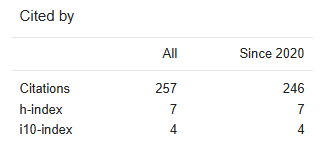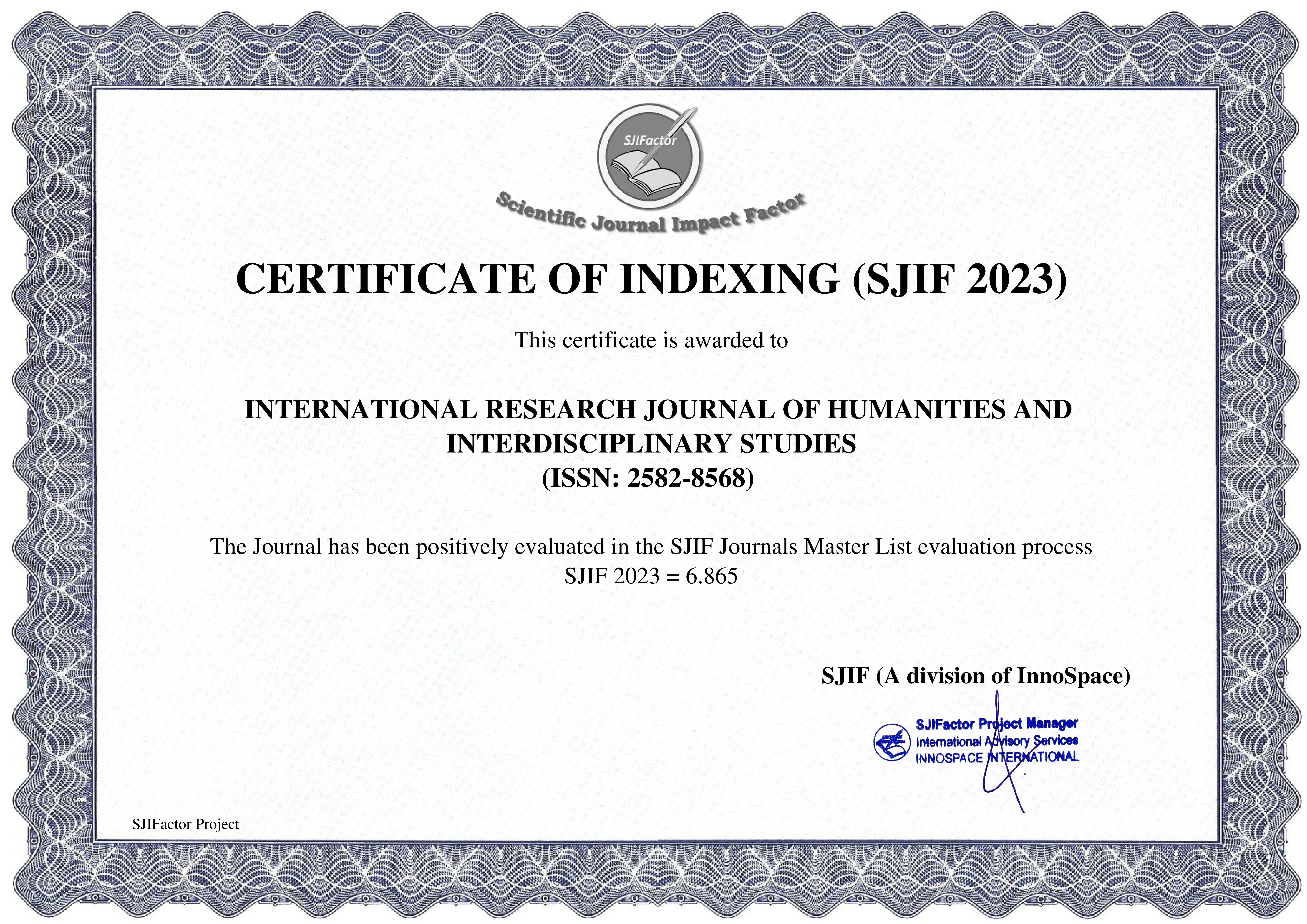Paper Details


Call For Papers
Volume 06, Issue 11
Frequency: 12 Issue per year
Paper Submission: Throughout the Month
Acceptance Notification: Within 2 days
Areas Covered: Multidisciplinary
Accepted Language: Multiple Languages
Journal Type: Online (e-Journal)
Announcement

Publish books with ISBN Number
- Edited Book
- Text Book
- Ph.D Thesis
- Conference Proceedings
ISSN Number:
2582-8568
Journal DOI No:
03.2021-11278686
Title:
Foreign Direct Investment and its Impact on Oman Vision 2040
Authors:
Cite this Article:
,
Foreign Direct Investment and its Impact on Oman Vision 2040, International Research Journal of Humanities and Interdisciplinary Studies (www.irjhis.com), ISSN : 2582-8568, Volume: 6, Issue: 7, Year: July 2025, Page No : 71-83,
Available at : http://irjhis.com/paper/IRJHIS2507007.pdf
Abstract:
Purpose: the purpose for this study is to investigate a key role of Foreign Direct Investment (FDI) in Oman Vision 2040 by driving economic growth, improving technology transfer, and creating jobs. This article examines the impact of foreign direct investment on achieving Oman’s long-term development goals. It explores how attracting foreign investment can help diversify economies, improve infrastructure, and promote innovation, in line with Vision 2040’s goals of sustainable development and prosperity. The analysis shows that an enabling investment climate and strategic policies are critical to maximizing the benefits of foreign future growth and competitiveness of direct investment for Oman. Design/Methodology/Approach: The data collection process is meticulously structured to incorporate secondary data sources. We gathered data from the following sources: The International Monetary Fund (IMF), the International Financial Statistics (IFS), and the Balance of Payments Databases. These databases often offer comprehensive data on foreign direct investment (FDI) inflows and outflows, as well as balance of payments statistics. This information can be utilized to study the influence of FDI on Oman's economy. Search for data series especially pertaining to Foreign Direct Investment (FDI) inflows, FDI outflows, and the balance of payments. Findings: After an in-depth analysis of Foreign Direct Investment (FDI) and its impact on Oman’s Vision 2040, the following conclusions were drawn: Positive impact on economic growth: Foreign direct investment has played a vital role in promoting Oman’s economic growth. This leads to increased capital inflows, job creation and technological advancement, thereby boosting overall economic development. Industry distribution: Oman attracts foreign direct investment mainly in industries such as energy, manufacturing, tourism and infrastructure development. These sectors have made significant investments that have had a positive impact on the country’s diversification efforts. Limitation and Implication: This study has limitations. It has restricted access to recent and detailed data on FDI in Oman, particularly for specific sectors. It might be too early to fully assess the impact of Oman Vision 2040 since many initiatives are still in progress. The analysis also does not fully consider external global economic factors. Limited access to key stakeholders may lessen the quality of qualitative insights. The findings can help policymakers refine FDI-related strategies under Vision 2040. They also assist investors in spotting promising sectors and challenges. Academically, this work contributes to the literature on development strategies in the GCC. It also lays a foundation for future research to assess the long-term effects of Oman’s national vision on FDI. Originality: This study breaks new ground by linking Oman Vision 2040 directly to real foreign direct investment data and policy reviews, showing for the first time how a national blueprint can steer outside capital. Unlike earlier work, it looks at both dollar results and the behind-the-scenes rule changes, adding fresh, Oman-specific ideas to the country’s changing economic story.
Keywords:
FDI, OM2040, OECD, GDP, World Bank's
Publication Details:
Published Paper ID: IRJHIS2507007
Registration ID: 21980
Published In: Volume: 6, Issue: 7, Year: July 2025
Page No: 71-83
ISSN Number: 2582-8568
Download Full Paper: Click Here
Article Preview:





